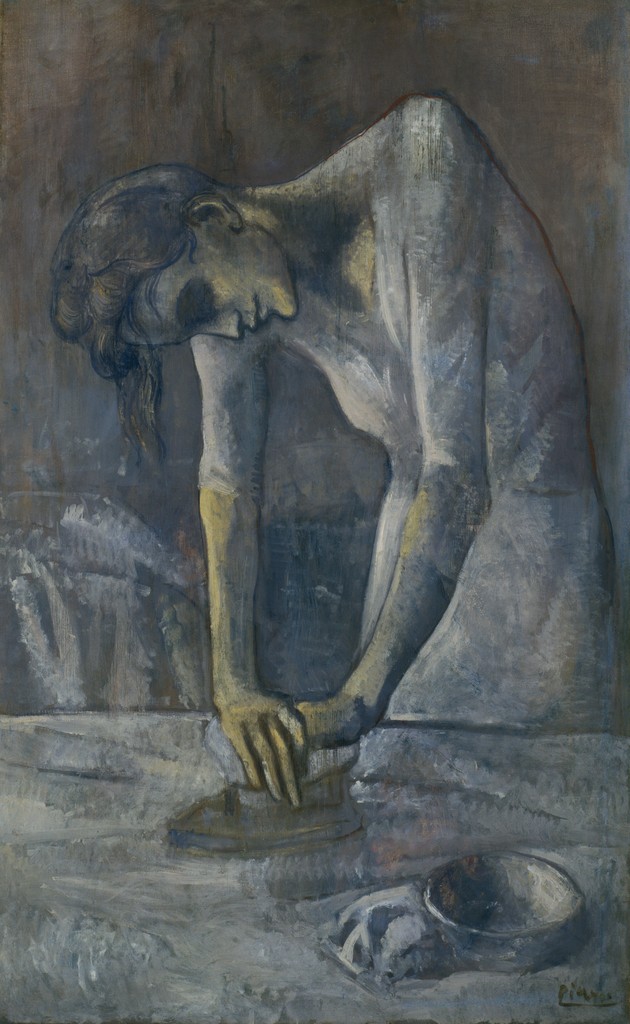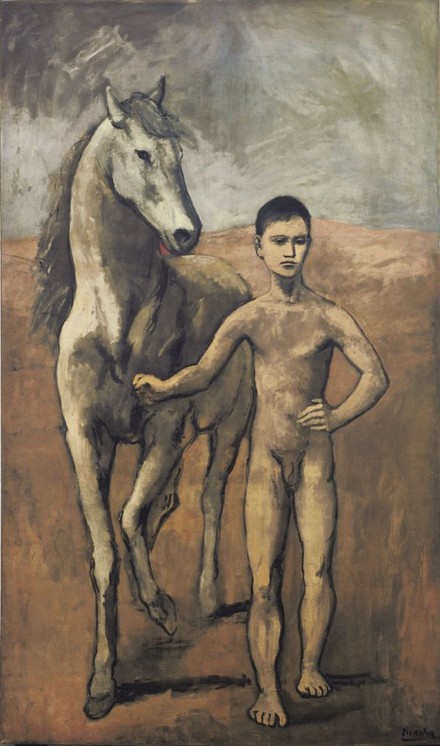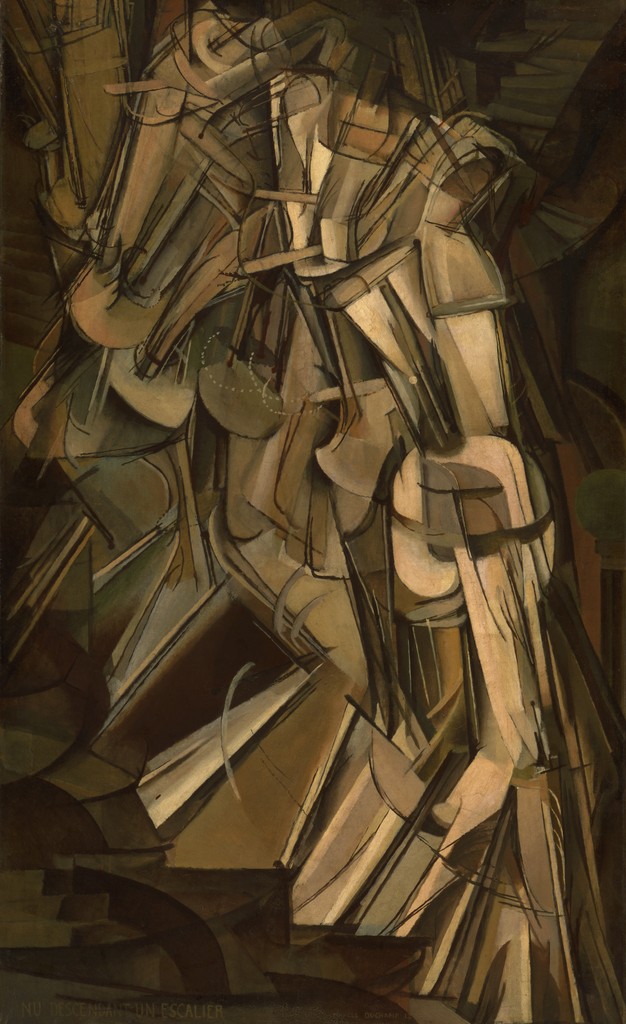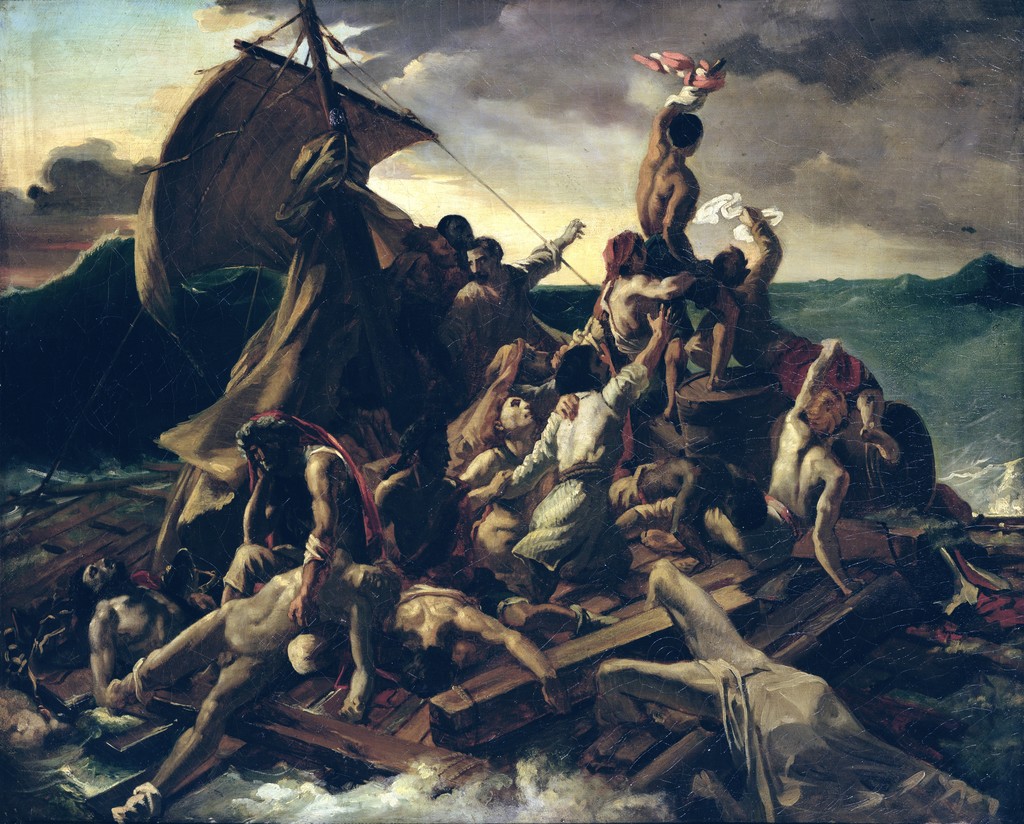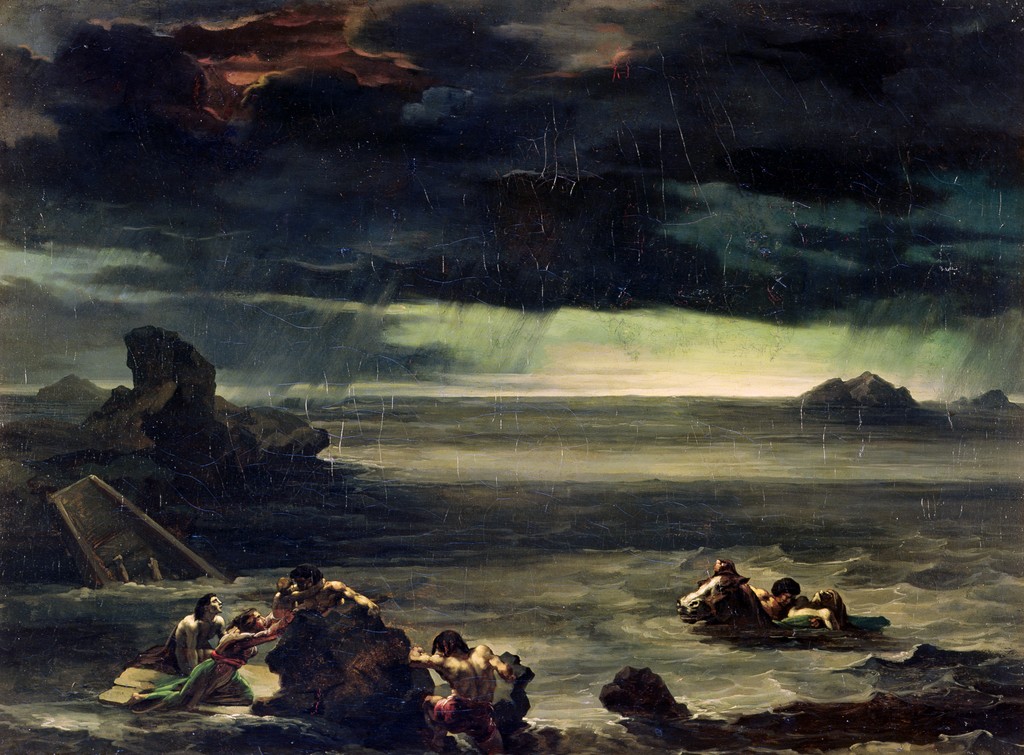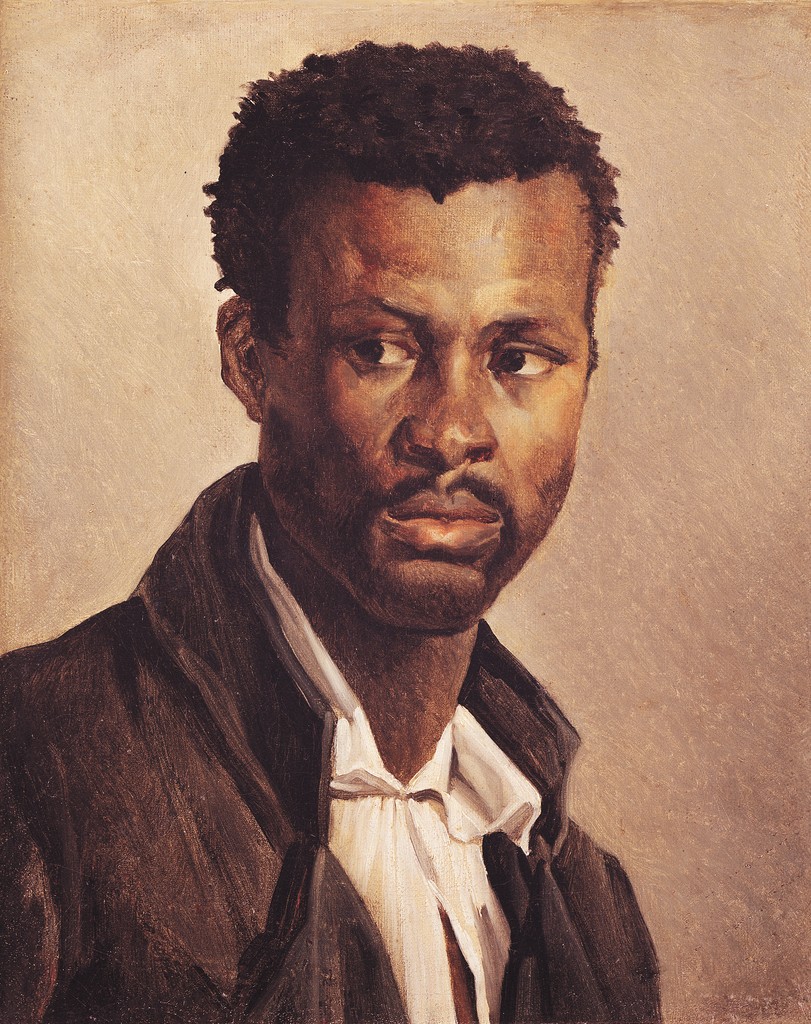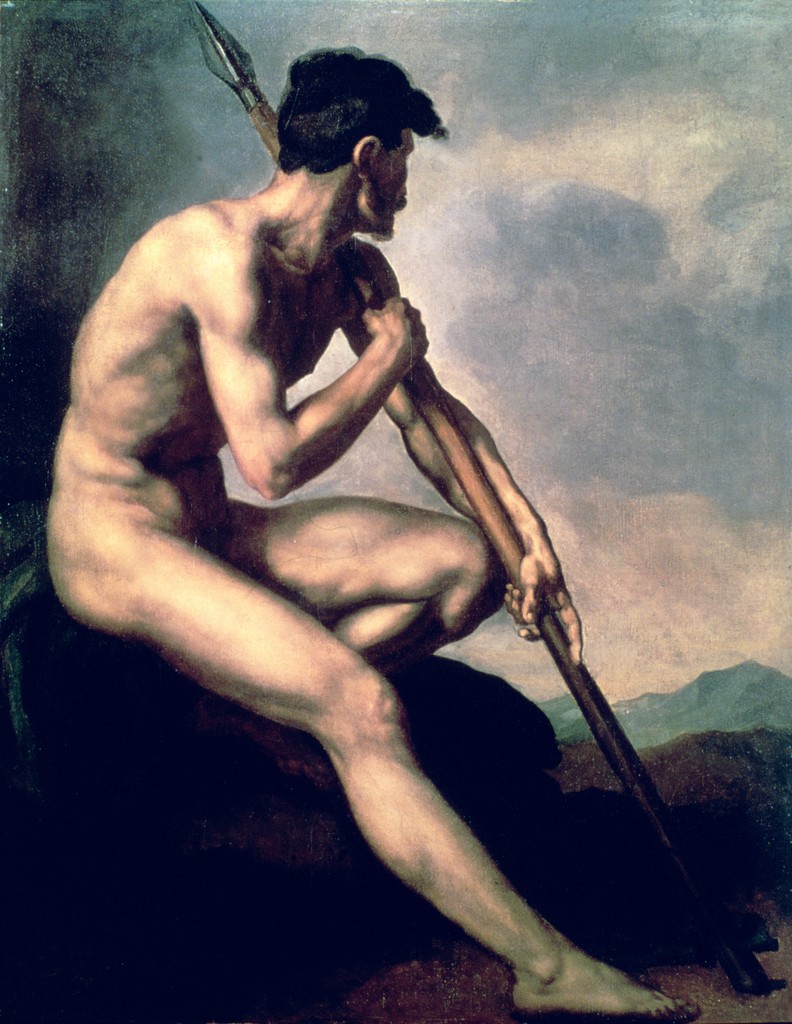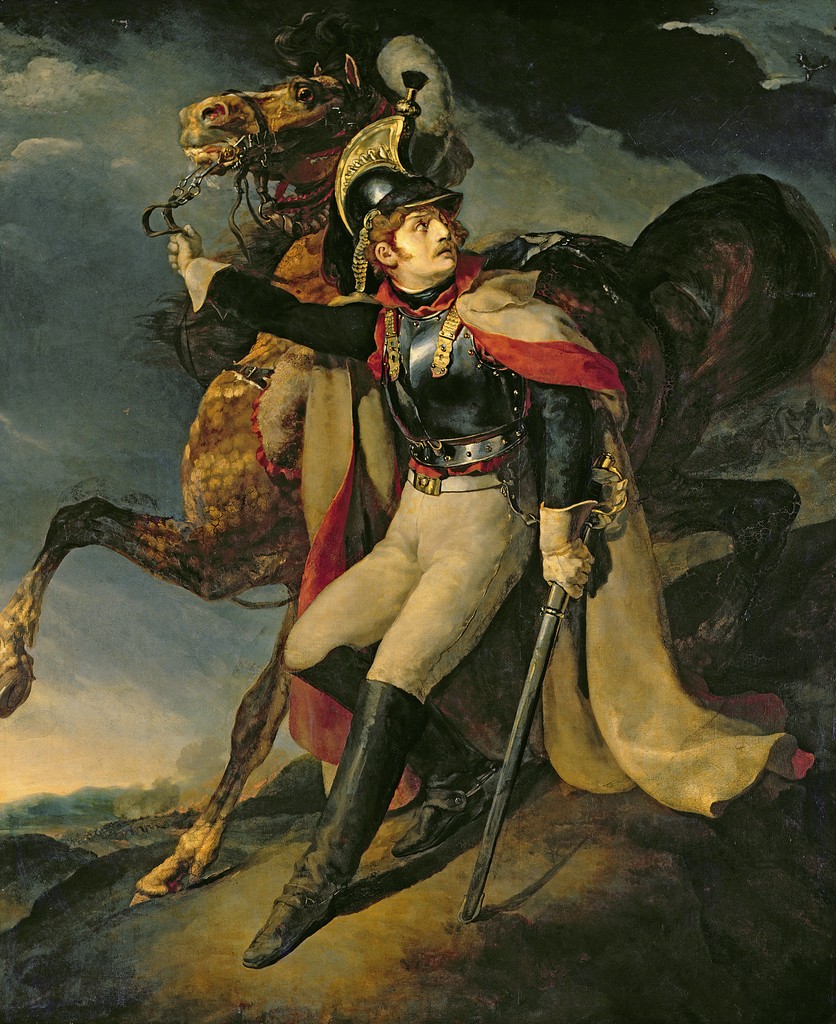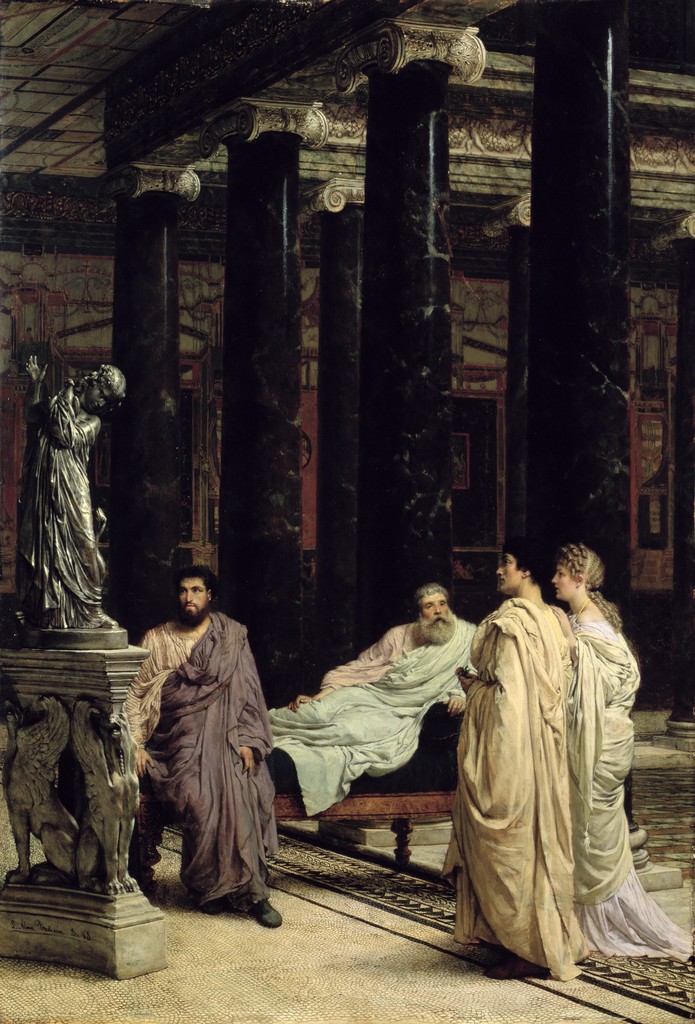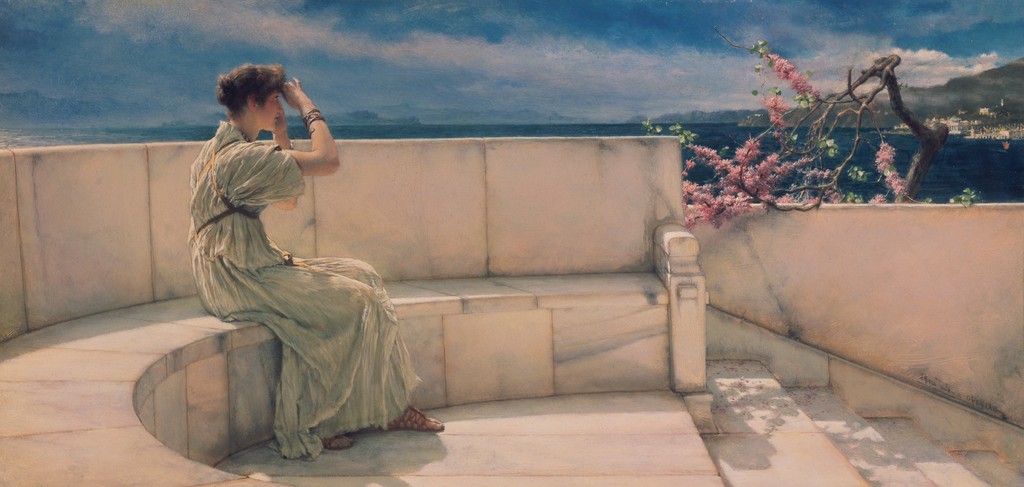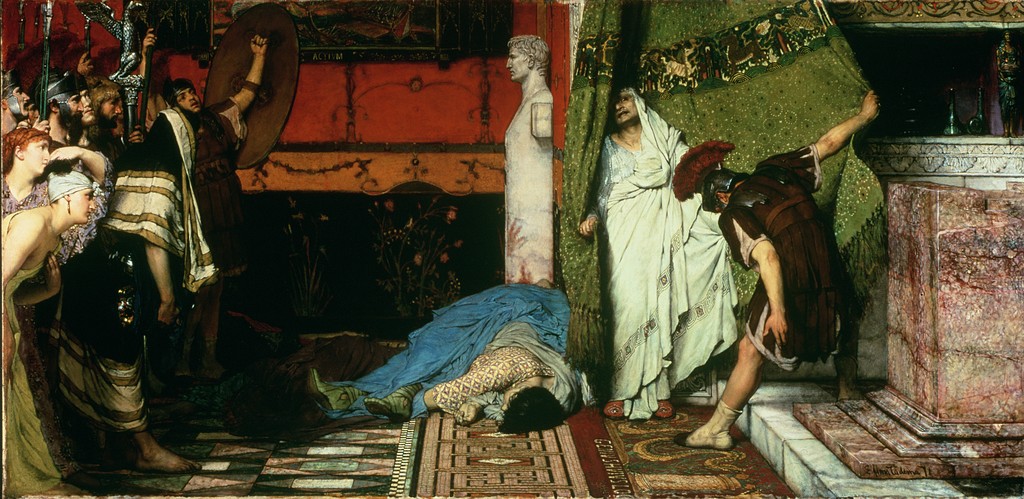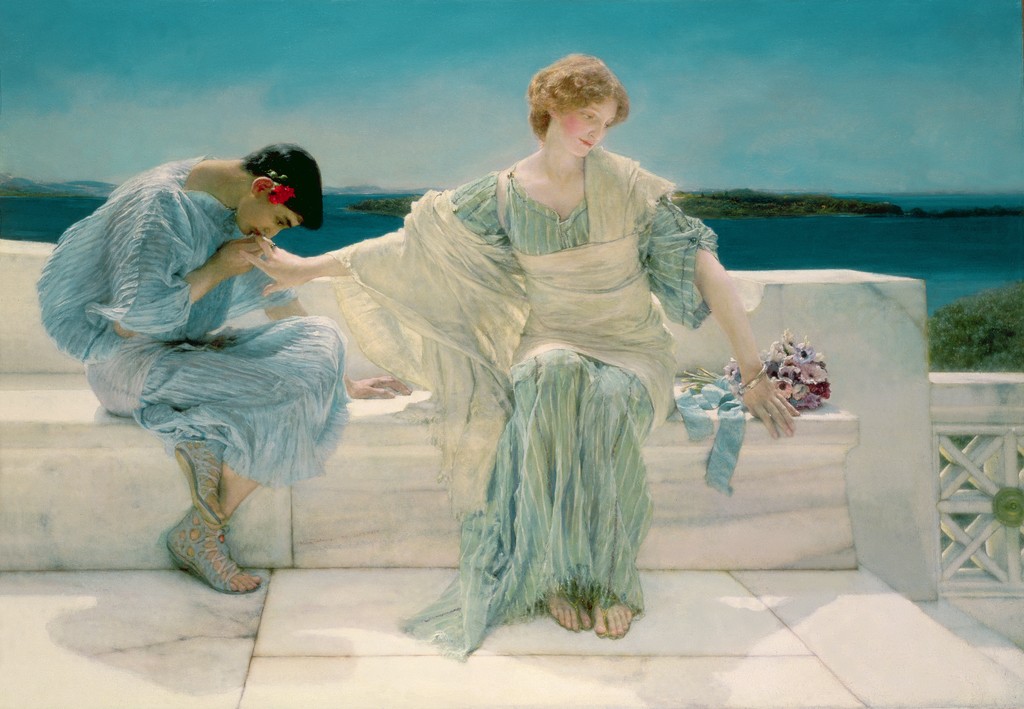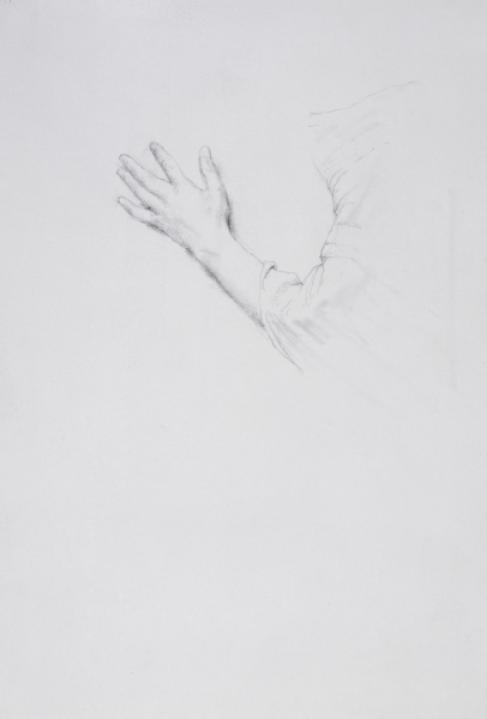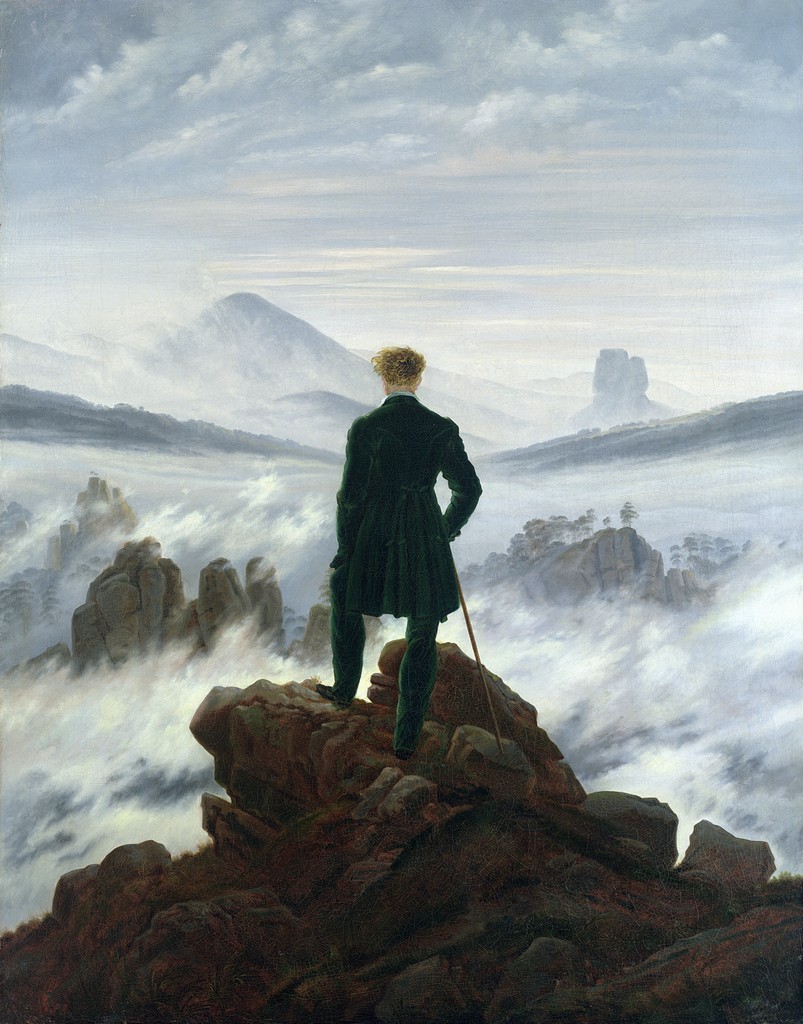Rain Room
May 12 - July 28 2013
Random International’s immersive environment Rain Room (2012), a major component of the MoMA PS1 exhibition EXPO 1: New York, is presented in the lot directly adjacent to The Museum of Modern Art. A field of falling water that pauses wherever a human body is detected, Rain Room offers visitors the experience of controlling the rain. Known for their distinctive approach to contemporary digital practice, Random International’s experimental projects come alive through audience interaction—and Rain Room is their largest and most ambitious to date. The work invites visitors to explore the roles that science, technology, and human ingenuity can play in stabilizing our environment. Using digital technology, Rain Room creates a carefully choreographed downpour, simultaneously encouraging people to become performers on an unexpected stage and creating an intimate atmosphere of contemplation.The entrance to Rain Room is on West 54 Street, between Fifth and Sixth avenues.[Site]
Guggenheim: James Turrell
June 21 - Sept 25 2013
James Turrell’s first exhibition in a New York museum since 1980 focuses on the artist’s groundbreaking explorations of perception, light, color, and space, with a special focus on the role of site-specificity in his practice. At its core is Aten Reign (2013), a major new project that recasts the Guggenheim rotunda as an enormous volume filled with shifting artificial and natural light. One of the most dramatic transformations of the museum ever conceived, the installation reimagines Frank Lloyd Wright’s iconic architecture—its openness to nature, graceful curves, and magnificent sense of space—as one of Turrell’s Skyspaces, referencing in particular his magnum opus the Roden Crater Project (1979– ). Reorienting visitors’ experiences of the rotunda from above to below, Aten Reign gives form to the air and light occupying the museum’s central void, proposing an entirely new experience of the building.[Site]
Rockabilly Night Market
July 4 2013
[Tickets]
Sleep No More
The brainchild of the British theater company Punchdrunk, the show takes place at imaginary McKittrick Hotel in Chelsea, where 93 rooms on six levels have been meticulously transformed with props ranging from hair samples to taxidermy animals to drying herbs. Audience members (who wear masks to distinguish themselves from the actors) are free to open drawers, flip through books and sample real treats from a candy store as they roam the hallways and hidden corridors in search of the action.
Yes, this all sounds a bit mysterious and may be difficult to grasp. But the less you know, the better. Just know this: There's no right way to experience "Sleep No More." Follow an actor. Follow the crowd. Follow the music. Second, ditch your friends or significant other and take your own journey. (You won't succeed in trying to stay together anyway.)[Site] [Tickets] [Photos]
Gallow Green
Rooftop bar of the McKittrick Hotel.[Reservations] [Menu]
Dia:Beacon
Canada







